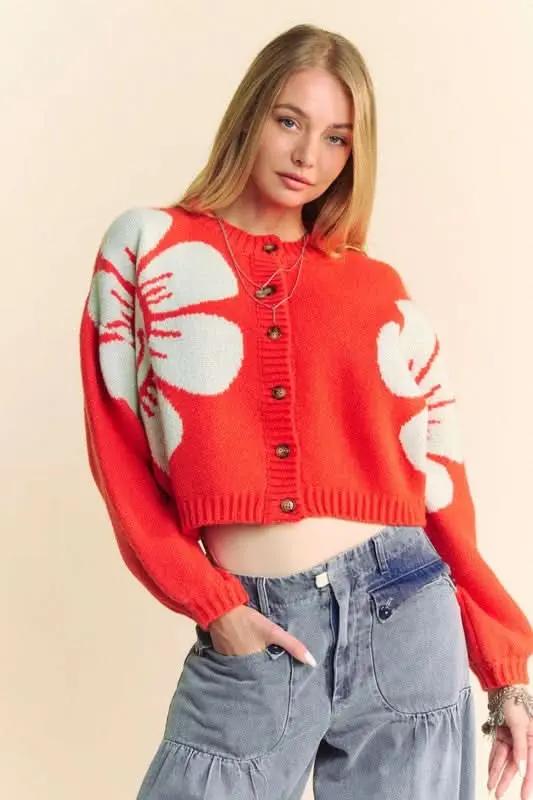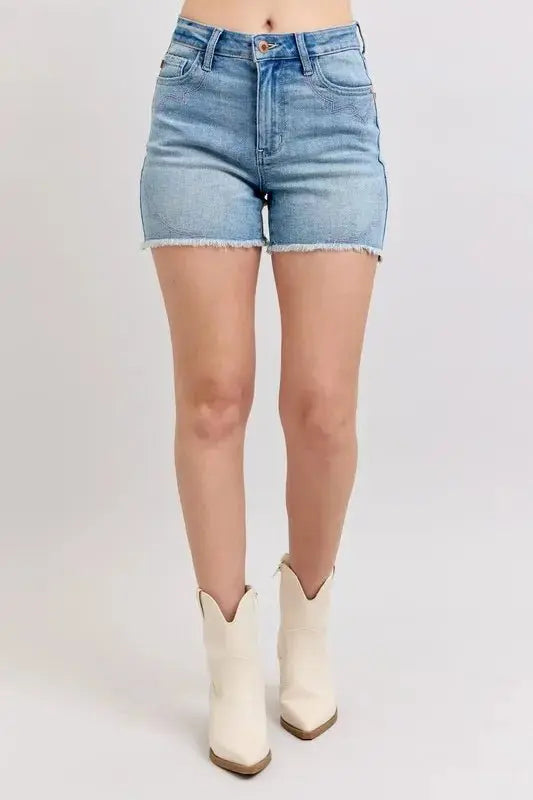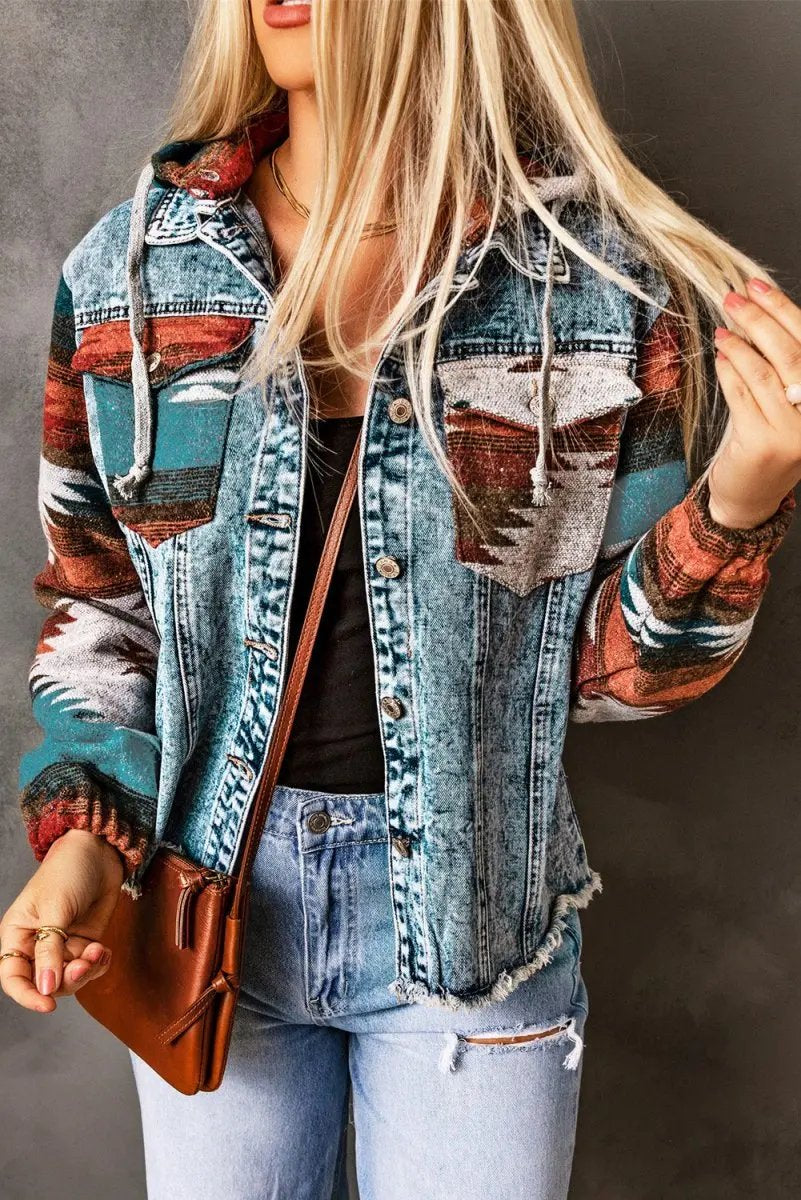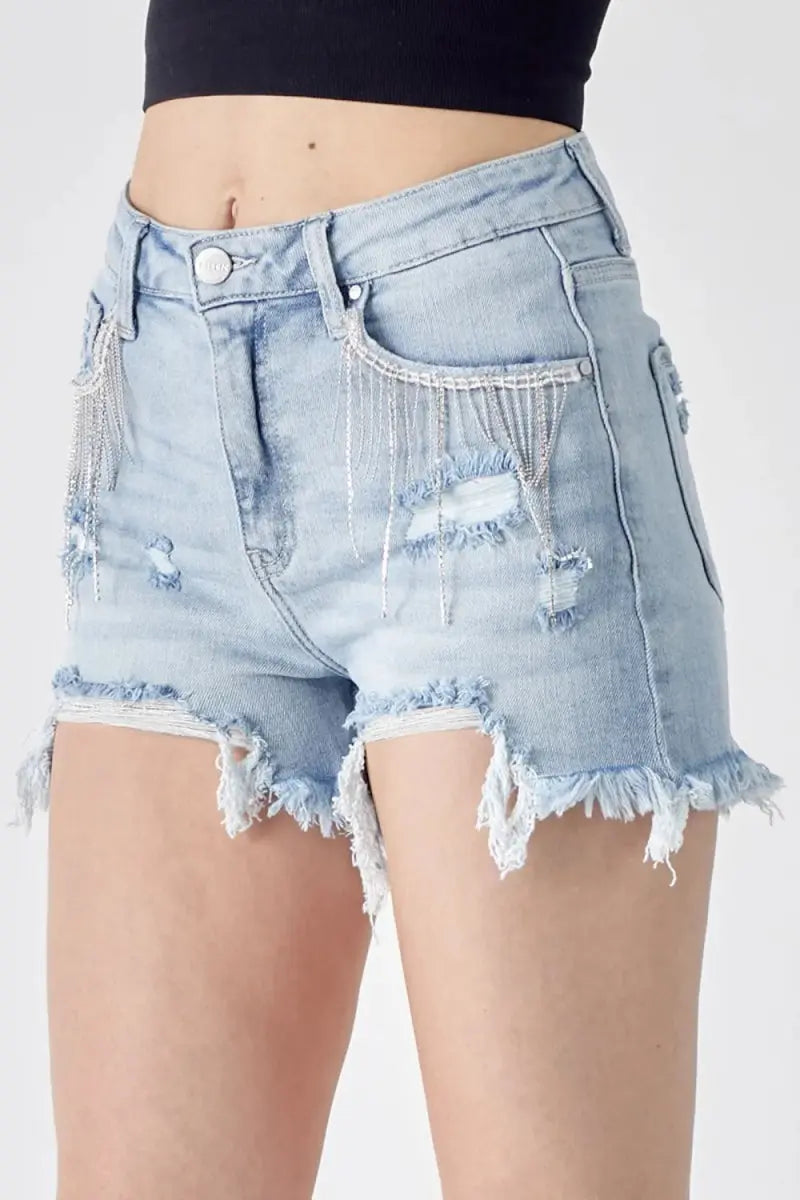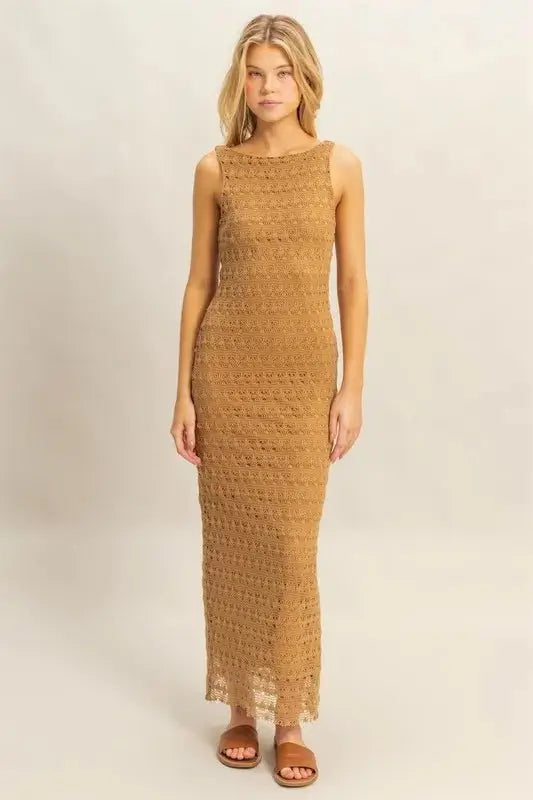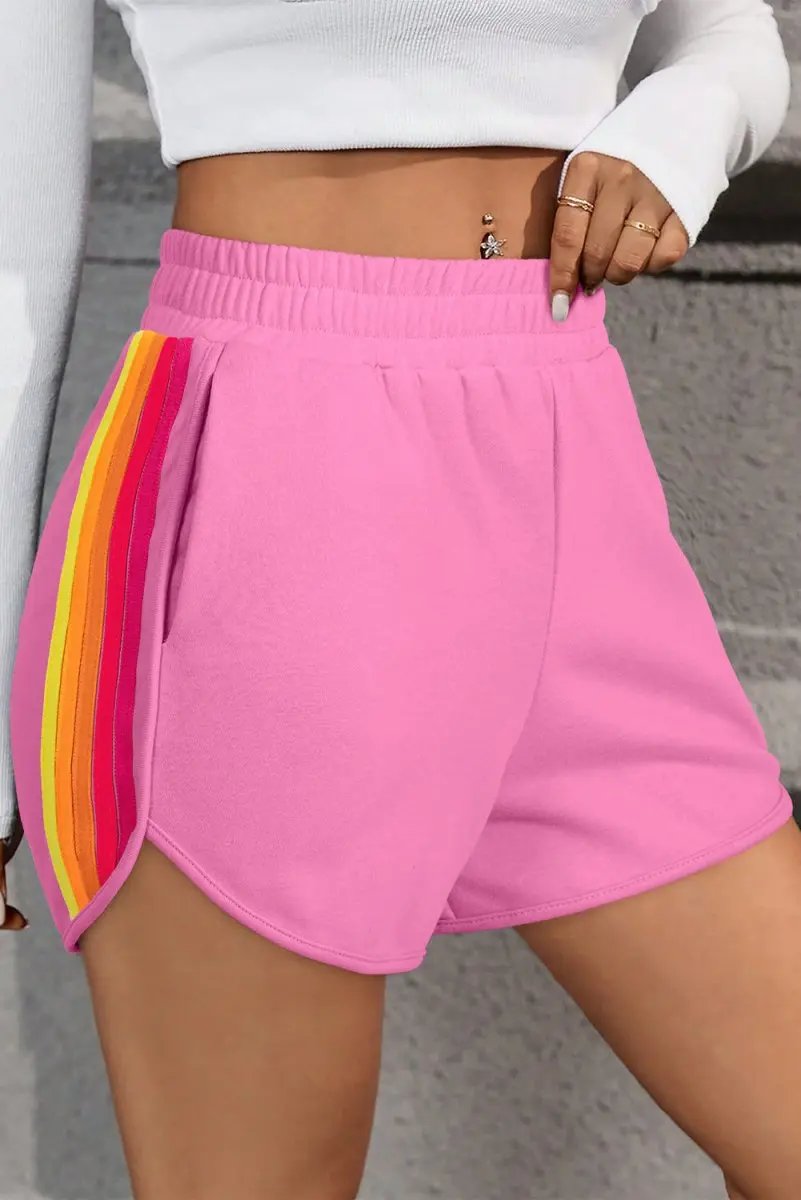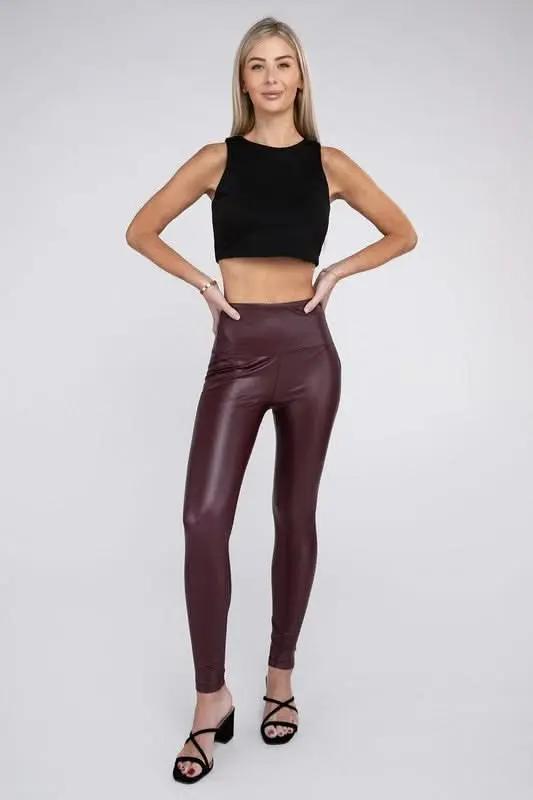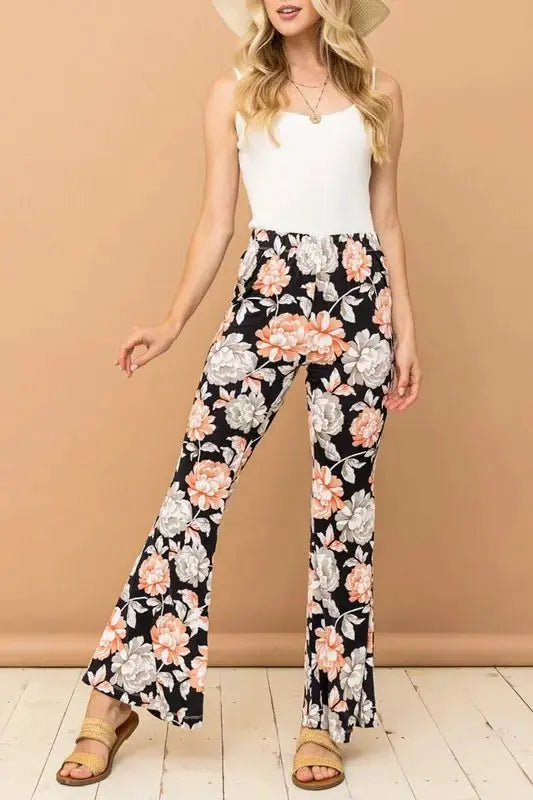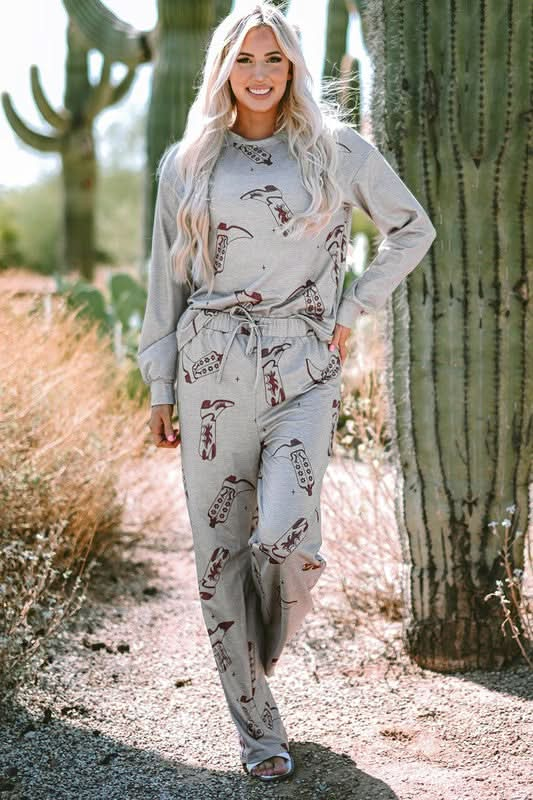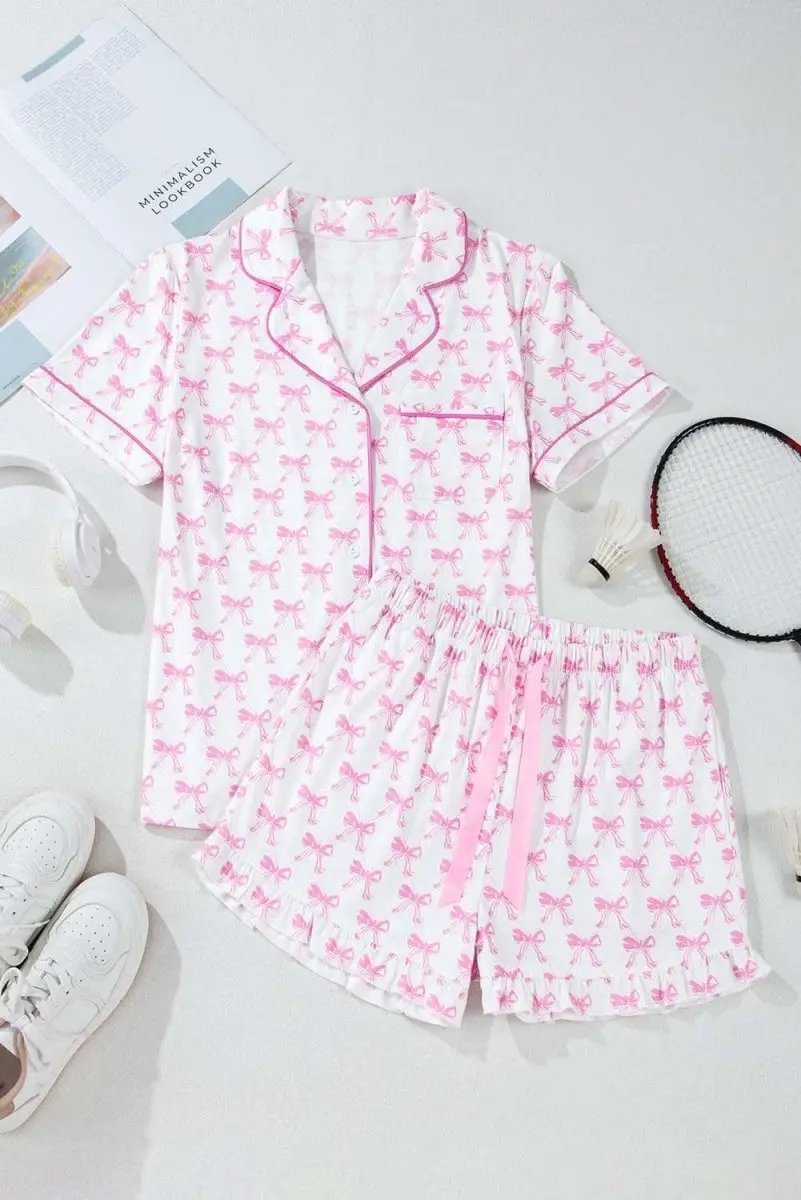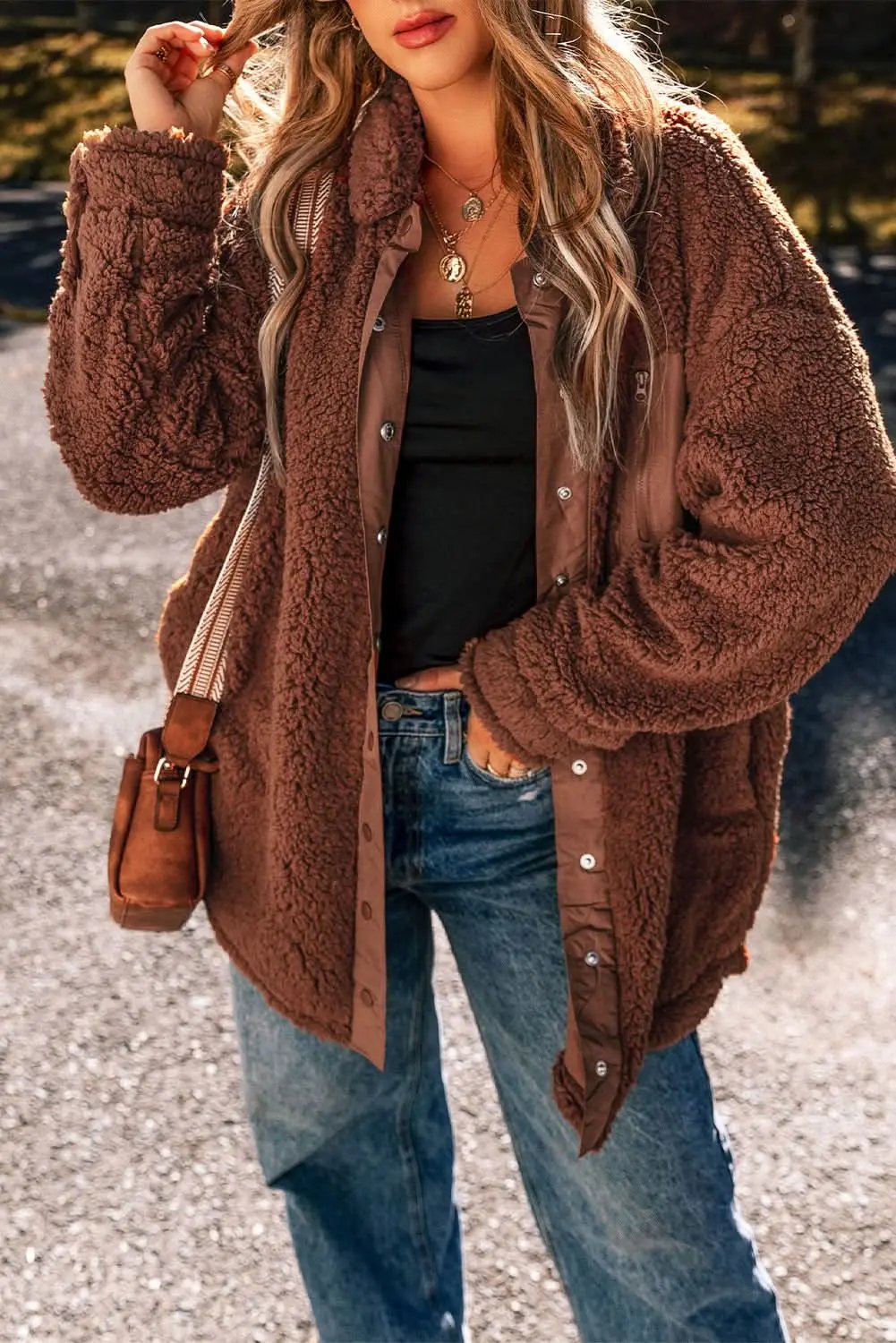Introduction: The Rise of Sustainable Plus-Size Fashion in 2025
In recent years, the fashion industry has undergone a remarkable transformation, with a growing emphasis on sustainability, inclusivity, and innovation. Among these changes, plus-size fashion has emerged as a vital sector that not only celebrates diverse body types but also champions environmentally responsible practices. As we step into 2025, brands like Flying Tomato are pioneering a new era of eco-friendly fashion that combines style, comfort, and sustainability. This comprehensive article explores the latest innovations in sustainable plus-size fashion, highlighting how Flying Tomato is leading this exciting movement.
The Growing Demand for Sustainable and Plus-Size Fashion
The demand for sustainable fashion has surged globally, driven by increased environmental awareness and a desire for more ethical consumption. Simultaneously, the plus-size market has expanded exponentially, with more brands offering inclusive sizing and celebrating diverse bodies. The convergence of these two trends has given birth to a vibrant sector committed to creating fashionable, eco-friendly plus-size apparel that empowers consumers and reduces environmental impact. In 2025, this movement is more potent than ever, fueled by consumer activism, technological advancements, and a deeper understanding of sustainability.
Innovative Sustainable Materials Transforming Plus-Size Fashion
At the heart of sustainable fashion are innovative, eco-friendly materials that significantly reduce the environmental footprint of clothing. Leading brands are experimenting with and adopting these materials to revolutionize plus-size fashion:
- Recycled and Upcycled Fabrics: Post-consumer waste, especially plastic bottles and textiles, are repurposed into high-quality fabrics like recycled polyester and nylon, reducing landfill waste and conserving resources.
- Organic Natural Fibers: Organic cotton, hemp, linen, and Tencel (made from sustainably sourced eucalyptus trees) are increasingly popular for their minimal environmental impact and comfort.
- Innovative Bio-Based Textiles: Material scientists are developing fabrics derived from mushroom leather, pineapple leaves (Piñatex), and orange peels, which are biodegradable and sustainable alternatives to traditional leather and synthetic materials.
- Low-Impact Dyes and Finishes: Using plant-based, water-saving dyes and finishing processes significantly reduces water consumption and chemical runoff, contributing to a safer environment.
How Flying Tomato Is Revolutionizing Plus-Size Eco-Fashion
Flying Tomato stands out as a pioneering brand in the sustainable plus-size fashion landscape in 2025. The brand’s commitment to environmental responsibility is evident through its innovative practices and relentless pursuit of inclusivity:
- Eco-Conscious Manufacturing: Flying Tomato partners exclusively with factories that uphold high environmental standards, utilizing renewable energy sources and low-impact dyeing techniques. They prioritize transparency and traceability in their supply chain.
- Zero-Waste Design Strategies: The brand employs advanced pattern-making techniques that minimize fabric waste, such as 3D modeling and digital patterning. Excess fabric is repurposed or recycled into new products, aligning with zero-waste principles.
- Use of Sustainable and Recycled Materials: Their collections feature fabrics made from recycled plastics and other eco-friendly fibers, reducing reliance on virgin resources while creating durable, stylish garments.
- Ethically Sourced Products: All raw materials are sourced following fair trade practices, supporting local communities and ensuring workers' rights and fair wages.
- Recycling and Take-Back Programs: Flying Tomato encourages consumers to participate in garment recycling initiatives, where old or unused apparel is returned and upcycled into new designs, fostering a circular fashion economy.
- Innovative Fit and Design: The brand leverages inclusive sizing, offering a broad range of sizes that accommodate different body shapes, all designed with sustainability in mind—favoring versatile, timeless pieces that reduce wardrobe waste.
Emerging Trends in Sustainable Plus-Size Fashion for 2025
The evolving landscape of sustainable plus-size fashion is characterized by innovative designs and shifting consumer preferences. Key trends include:
- Comfort-First Fashion: Excessively restrictive clothing is being replaced with relaxed fits, oversized styles, and stretchy, sustainable fabrics that prioritize comfort without sacrificing style.
- Vivid Colors and Bold Patterns: Natural and eco-friendly dyes allow for vibrant, eye-catching hues and intricate patterns, empowering consumers to express themselves boldly.
- Multi-Functional Wardrobe Staples: Pieces like versatile jackets, organic cotton basics, and adaptable accessories are designed to be mixed, matched, and layered for maximum versatility and longevity.
- Inclusive Sizing with Sustainable Focus: Brands are expanding size ranges while maintaining sustainable production techniques, ensuring that eco-friendly fashion is accessible to all.
- Sustainable Athleisure and Lounge Wear: The rise of eco-friendly activewear and loungewear reflects a shift towards casual, everyday sustainability.
- Digital and Virtual Fashion Integration: As virtual fashion grows, eco-conscious digital garments can complement physical wardrobes, reducing physical waste and encouraging sustainable consumption patterns.
The Impact of Consumer Choices on the Future of Plus-Size Eco-Fashion
Consumers play a crucial role in shaping the future of sustainable plus-size fashion. Their choices can drive brands to adopt more eco-friendly practices and expand inclusive, sustainable collections. Key reasons consumers are supporting brands like Flying Tomato include:
- Environmental Responsibility: Supporting brands that actively reduce waste, water use, and chemical pollution helps preserve natural resources.
- Promoting Inclusivity: Choosing brands that offer comprehensive size ranges fosters greater body positivity and representation.
- Transparency and Fair Trade: Valuing brands that openly share their sourcing and production practices encourages ethical industry standards.
- Long-Term Cost Savings: Investing in high-quality, durable clothing reduces frequent purchases and contributes to a more sustainable wardrobe.
- Supporting Innovation: Consumer demand for sustainable and inclusive fashion inspires brands to innovate continuously, pushing the industry forward.
Challenges Facing the Sustainable Plus-Size Fashion Movement
While progress is evident, several hurdles remain:
- Cost Barriers: Sustainable materials and ethical production can be more expensive, potentially limiting access for some consumers.
- Supply Chain Complexity: Ensuring transparency and ethical practices throughout global supply chains remains challenging.
- Scale of Production: Meeting the demand for inclusive sizing while maintaining sustainability standards requires ongoing innovation.
- Consumer Education: Increasing awareness about the benefits and availability of sustainable plus-size fashion is essential for widespread adoption.
Looking Ahead: The Future of Sustainable Plus-Size Fashion in 2025 and Beyond
With technological advances, increased consumer awareness, and dedicated industry leaders like Flying Tomato, the future of inclusive, sustainable fashion looks promising. Continued innovation in eco-friendly materials, ethical manufacturing, and innovative design practices will further accelerate this movement, making sustainability accessible and appealing to all. The industry is moving toward a circular economy, emphasizing longevity, recyclability, and reduced waste—principles that will shape the fashion landscape for years to come.
Conclusion: Embracing a Sustainable Future in Plus-Size Fashion
In 2025, sustainable fashion is no longer a niche but a vital part of the industry’s evolution. Brands like Flying Tomato exemplify how innovation, inclusivity, and environmental responsibility can coexist, setting a standard for others to follow. Consumers are encouraged to support these efforts by choosing eco-friendly, inclusive brands, participating in recycling initiatives, and advocating for greater transparency. Together, we can foster a fashion industry that respects the planet and celebrates diversity—one outfit at a time.
